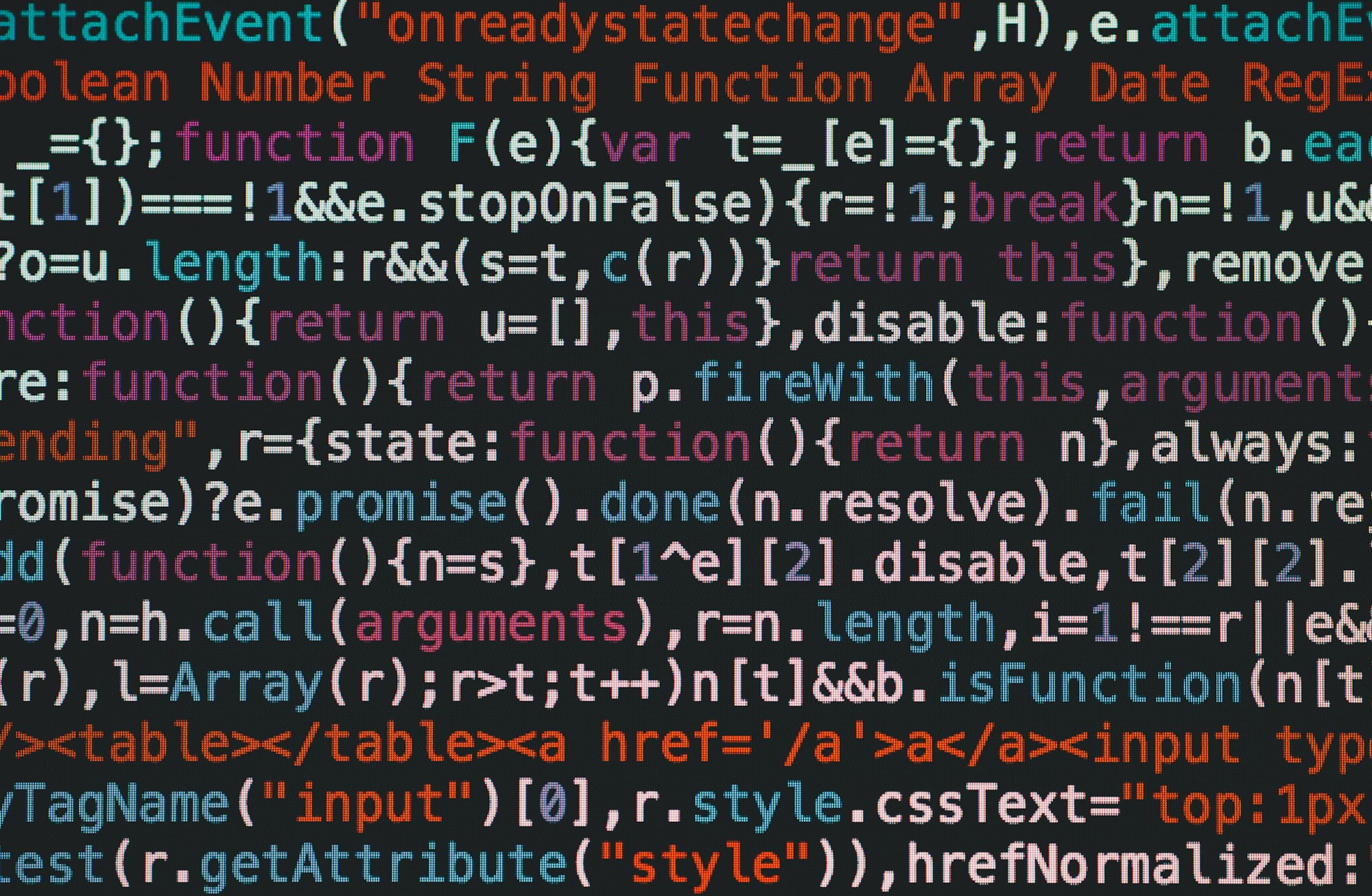
How to make good use of comments
This post is free for all to read thanks to the investment Mindsers Courses members have made in our independent publication. If this work is meaningful to you, I invite you to join our courses today.
This is often what is criticized for beginners but everyone knows it, beginner or not, many developers do not comment otherwise badly on their codes.
Assuming you're here to change and start commenting your code. How to write quality comments?
DRY for comments
Writing comments is already not super fun, so avoid writing too much or writing the same information in several places.
Tell yourself that overly commented code (especially if you repeat yourself in your comments) is as bad as uncommented code. Indeed, it will quickly become off-putting and no one will read your comments, which makes them completely useless.
A technique to not repeat yourself in your comments and to make them more efficient is to reserve certain information for certain comments according to their positions in the code.
4 positions = 4 types of comments
File comments
This comment is useful for indicating the age of the file, its creator, and any other necessary file-level information.
/*
* Converter.swift
* EuroConverter
*
* Created by Nathanaël Cherrier on 19/06/2016.
* Copyright © 2016 Nathanaël Cherrier. All rights reserved.
*/
class Converter: NSObject {
private var _base: String!
init(base: String = "EUR") throws {
super.init()
try validateCurrency(base)
_base = base
getExchangeRatesFor(base)
}
}Some IDEs automate the creation and modification of these file comments. In this case, dates, contributor names and file names will be changed when necessary.
Class comments
The class comment will gather information about the class: what it is for, its version, its compatibility, etc.
/*
* Allows you to convert currencies
*
* @class Converter
* @since 3.1
*/
class Converter: NSObject {
private var _base: String!
init(base: String = "EUR") throws {
super.init()
try validateCurrency(base)
_base = base
getExchangeRatesFor(base)
}
}Method & function comments
These are surely the comments where you will have the most things to write. They will allow any developer using your classes to understand how to use them without even looking at the code of their methods.
If the method comments are well written, then your colleagues will thank you for saving them valuable time.
class Converter: NSObject {
private var _base: String!
/*
* Initializes the class with a primary currency
* @param base {String} Currency used as the basis for the rates
* (pairs base/USD, base/EUR, etc.)
*
* @throws {ValidationError} Error if wrong currency
* is given in parameters.
* @return {void}
*/
init(base: String = "EUR") throws {
super.init()
try validateCurrency(base)
_base = base
getExchangeRatesFor(base)
}
}Precision comments
These comments are last level. They are written in the middle of the code to explain a block of complex code or certain choices (methodology, design…).
class Converter: NSObject {
private var _base: String!
init(base: String = "EUR") throws {
super.init()
// We don't catch the error here
// We leave the management to the user of the class
try validateCurrency(base)
_base = base
getExchangeRatesFor(base)
}
}Join 250+ developers and get notified every month about new content on the blog.
No spam ever. Unsubscribe in a single click at any time.
If you have any questions or advices, please create a comment below! I'll be really glad to read you. Also if you like this post, don't forget to share it with your friends. It helps a lot!